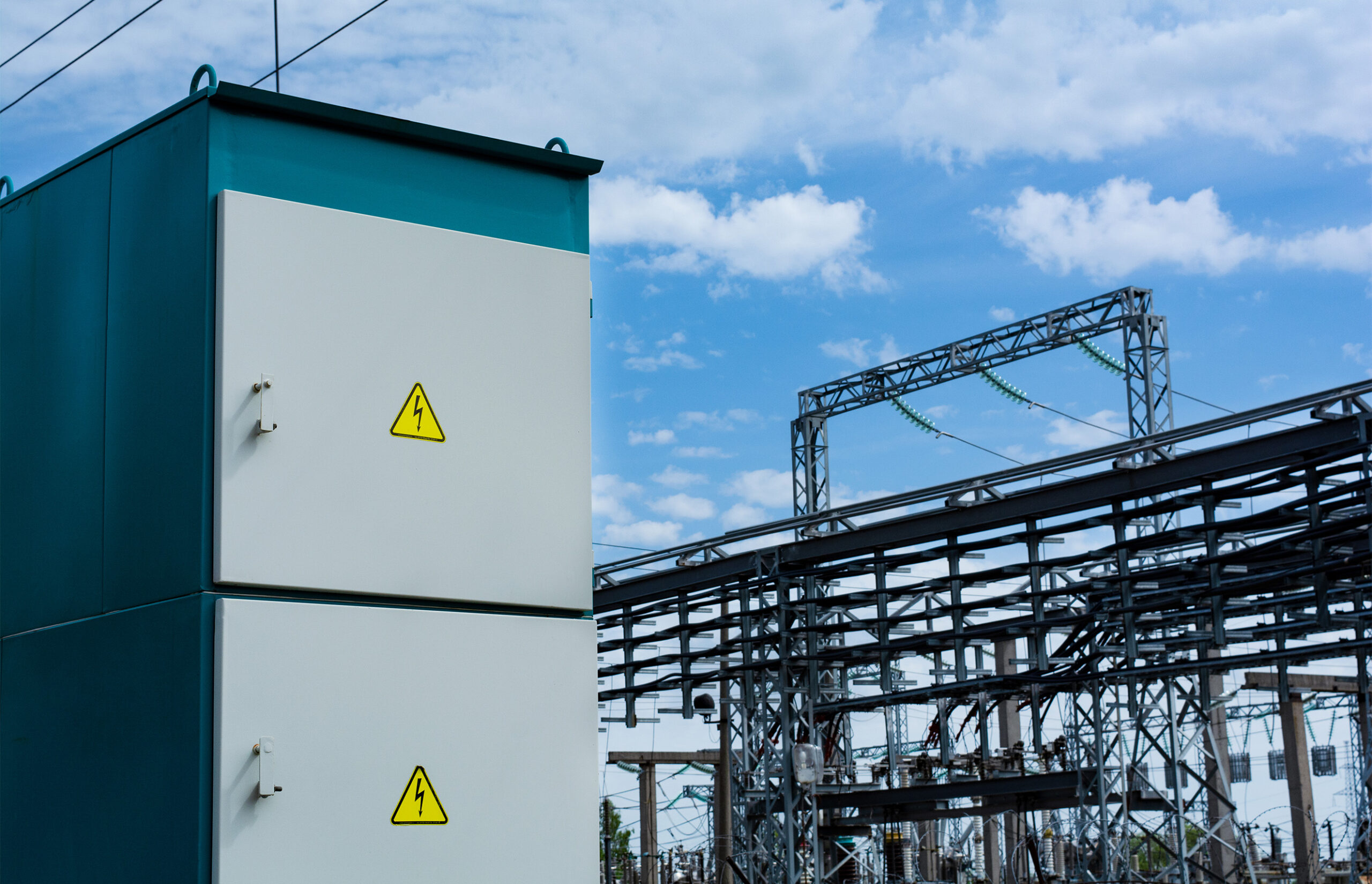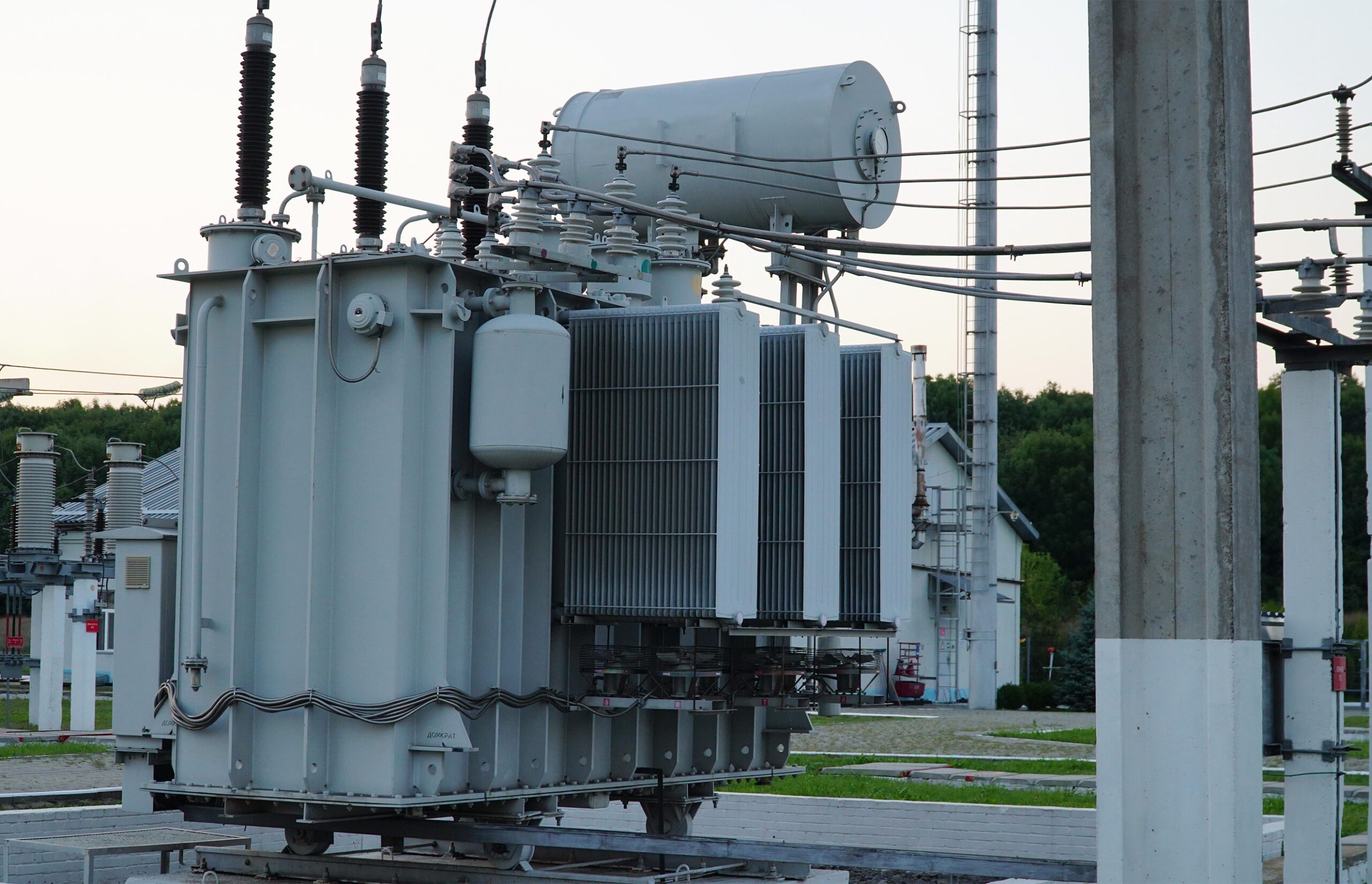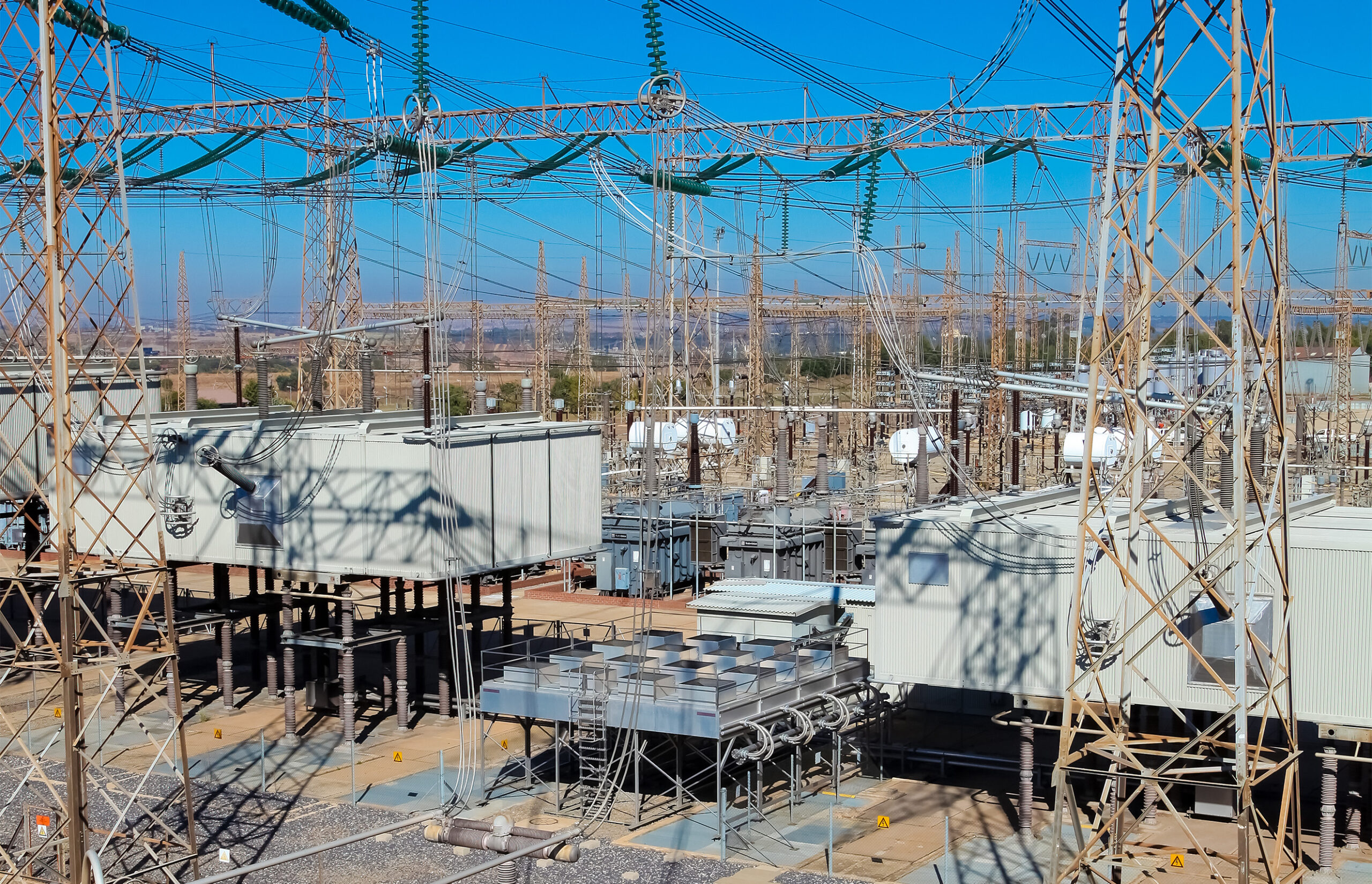Understanding the Challenges of Transformer End-of-Life
Managing transformers at the end of their lifecycle is a complex and highly regulated process. These essential components of the power grid face wear and tear over decades of operation, eventually requiring removal and replacement. However, decommissioning aging transformers is not as simple as scrapping outdated equipment—it involves the safe handling of hazardous materials like PCB oil and ensuring compliance with environmental laws.
Legacy transformers, especially those installed before the 1980s, present additional challenges. They may contain or be contaminated with hazardous substances, including polychlorinated biphenyls (PCBs), which require specialized removal and disposal processes. Even transformers that don’t use PCBs, such as those cooled with mineral oil, may be subject to contamination or pose fire risks. These factors underscore the need for expertise and careful planning to navigate the decommissioning process successfully.
The Hazards of Aging Transformers
Aging transformers pose significant risks to both operational efficiency and safety. Over time, components such as insulated copper windings and insulation degrade, leading to an increased likelihood of failure. When transformers fail, they can cause power outages, damage nearby equipment, or result in catastrophic events such as fires or oil leaks.
One of the primary hazards of aging transformers is their reliance on cooling oils, which can become contaminated over decades of use. PCBs, once a common coolant, are highly toxic and non-biodegradable, making their presence in legacy equipment particularly concerning. Even modern transformers cooled with mineral oil carry risks, as the oil is flammable and environmentally hazardous.
Utility companies must address these risks proactively by planning for end-of-life management well before transformers fail. Early planning reduces the potential for costly emergency repairs, environmental fines, and safety hazards.
Why Proper Transformer Disposal Matters
Proper disposal of legacy transformers is not just a regulatory requirement—it’s an essential step in protecting public health, the environment, and your organization’s reputation. Transformers containing or contaminated with PCBs are classified as hazardous waste and are subject to strict handling and disposal laws.
Beyond regulatory compliance, improper disposal can lead to environmental contamination. PCBs are persistent in the environment and can accumulate in the food chain, posing long-term risks to human health and wildlife. Additionally, improperly managed mineral oil can contaminate soil and water or create fire hazards if leaks occur.
Proper disposal involves more than simply removing transformers from service. It requires detailed analysis of oil content, safe removal of hazardous materials, and environmentally sound recycling or disposal. Partnering with a trusted specialist like A-Line E.D.S. ensures these steps are followed meticulously, mitigating risks and supporting sustainability goals.
Navigating PCB Regulations in Transformer Recycling
Polychlorinated biphenyls (PCBs) were once widely used as cooling fluids in transformers due to their stability and non-flammability. However, after their toxic and non-biodegradable nature became evident, the U.S. banned PCB production in 1979. Despite this, many transformers still contain PCB oils or are contaminated due to the equipment and processes used decades ago.
Recycling these transformers requires strict adherence to regulations established by the Environmental Protection Agency (EPA). For example, transformers with PCB concentrations exceeding 50 parts per million (ppm) are classified as hazardous waste and must be managed according to federal and state regulations. These rules govern the safe removal, transport, and destruction of PCBs to protect human health and the environment.
Navigating these regulations is challenging, as they vary by region and often require specialized permits. Partnering with a company like A-Line EDS, which operates EPA-approved facilities, ensures compliance with all laws while simplifying the recycling process for utility companies.
The Risks of Mineral Oil and Hidden PCB Contamination
Although mineral oil replaced PCB oil as the primary transformer coolant, it carries its own risks. Mineral oil is flammable, posing fire hazards when leaks do occur, and it can degrade when exposed to even a little moisture, reducing its insulating properties. Additionally, due to the historical use of shared equipment to handle both PCB and mineral oil, even ostensibly PCB-free transformers may be contaminated with trace amounts of PCBs.
In regions like California, where PCB concentrations above 5 ppm are classified as hazardous waste, even slight contamination can trigger strict disposal requirements. Utility companies must test mineral oil for PCB contamination before proceeding with recycling or disposal to avoid penalties and environmental harm.
Proper testing and handling by experts are crucial. A-Line EDS offers comprehensive testing services to identify contamination and ensure that all transformers are managed in compliance with environmental standards.
Steps to Ensure Environmental Compliance in Disposal
Ensuring environmental compliance during transformer disposal is a meticulous process that involves multiple steps, including:
- Testing for Hazardous Materials: Conduct thorough testing of transformer oils and components for PCBs and other contaminants.
- Segregating Materials: Separate hazardous and non-hazardous materials to ensure proper handling and disposal.
- Removing Oils Safely: Drain and transport transformer oils in compliance with EPA and Department of Transportation (DOT) regulations.
- Recycling Metals and Components: Reclaim valuable materials like copper, steel, and aluminum for recycling while disposing of hazardous waste responsibly.
- Proper Documentation: Maintain detailed records of testing, transport, and disposal to ensure regulatory compliance and provide documentation for audits or inspections.
By following these steps, utility companies can meet environmental obligations while reducing liability risks. A-Line EDS’s turnkey services simplify compliance by managing all aspects of testing, removal, and documentation.
Choosing the Right Partner for End-of-Life Management
Transformer end-of-life management is a complex process that requires technical expertise, regulatory knowledge, and specialized equipment. Choosing the right partner is critical to ensuring the project is handled safely, efficiently, and in full compliance with environmental regulations.
A-Line EDS has decades of experience in transformer recycling and hazardous waste disposal, making them the trusted partner for utility companies across North America. Their services include:
- EPA-approved facilities for PCB testing and disposal.
- Specialized equipment for safe transformer dismantling and material recovery.
By partnering with A-Line EDS, utility companies gain peace of mind knowing that their transformer disposal needs are met with the highest standards.
The Importance of Proactive Planning for Transformer Replacement
Transformers are critical assets in the power grid, but their operational lifespan is finite. Waiting for a transformer to fail before planning its replacement can lead to costly unplanned outages, environmental hazards, and safety risks. Proactive planning allows utility companies to avoid these challenges and streamline the transition to new equipment.
By evaluating transformer health and performance as part of regular maintenance, utility companies can identify aging units and schedule replacements before failures occur. This approach minimizes disruptions, reduces emergency repair costs, and ensures continued reliability for end users.
How End-of-Life Management Supports Corporate Sustainability Goals
Sustainability has become a priority for utility companies, as stakeholders expect organizations to operate responsibly and minimize their environmental impact. Proper end-of-life management for transformers aligns with corporate sustainability goals by reducing waste, recycling valuable materials, and safely disposing of hazardous substances.
At A-Line EDS, we specialize in recovering recyclable materials such as copper, aluminum, and steel from decommissioned transformers, ensuring these resources are reused instead of sent to landfills. Additionally, our EPA-approved processes for PCB disposal and oil recycling prevent environmental contamination and protect ecosystems.
By choosing sustainable solutions for transformer end-of-life management, utility companies not only comply with environmental regulations but also demonstrate their commitment to reducing their carbon footprint and contributing to a circular economy.
Future-Proofing Your Operations with Expert Disposal Solutions
As utility companies face evolving regulations, aging infrastructure, and increasing demand for reliable power, future-proofing operations becomes essential. Expert disposal solutions for transformer end-of-life management play a key role in maintaining operational efficiency and adapting to changing requirements.
A-Line EDS offers comprehensive disposal services tailored to meet the needs of modern utility companies. From rigorous testing for hazardous materials to recycling valuable components, our solutions are designed to maximize efficiency and compliance. We help clients mitigate risks, manage costs, and prepare for future challenges by ensuring that their disposal processes are streamlined, environmentally responsible, and aligned with long-term business goals.
By partnering with A-Line EDS, utility companies can focus on their core operations while trusting us to handle the complexities of transformer decommissioning and recycling. This approach not only safeguards current operations but also positions organizations for sustained success in the years to come.
Take the First Step Toward Future-Ready Operations
Partner with A-Line EDS to ensure your transformer end-of-life management is safe, efficient, and sustainable. Our expertise in hazardous waste disposal, material recycling, and regulatory compliance helps utility companies navigate today’s challenges while preparing for tomorrow’s opportunities. Contact us today to learn how we can support your operations and keep your infrastructure running smoothly for years to come.


